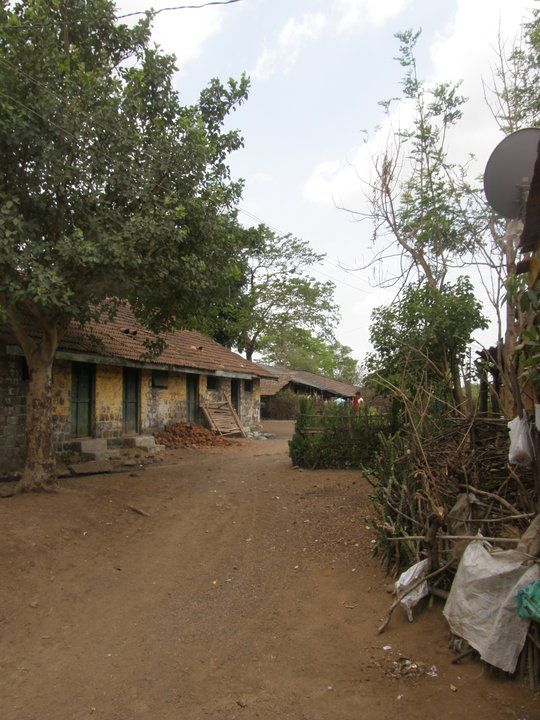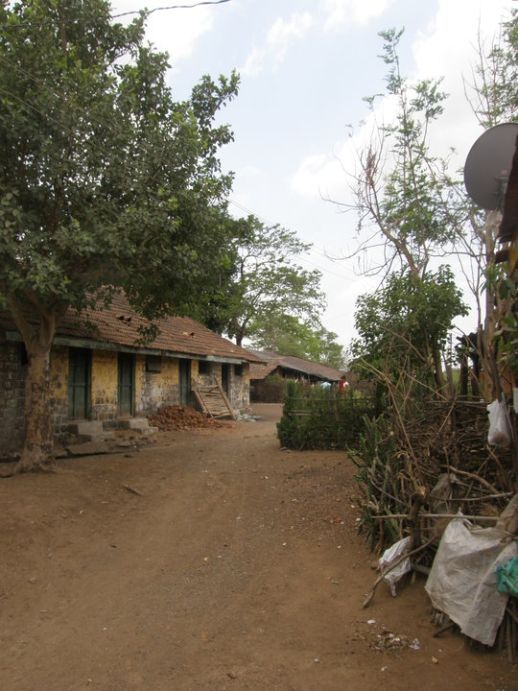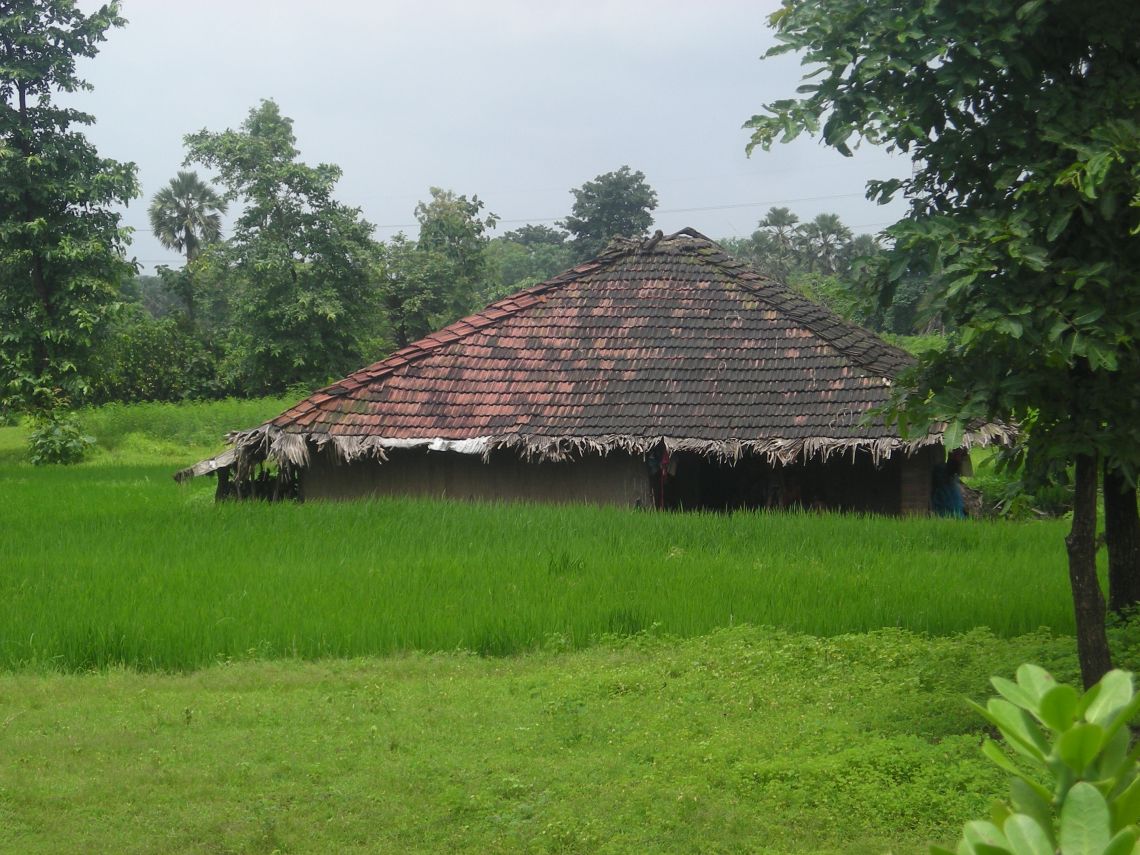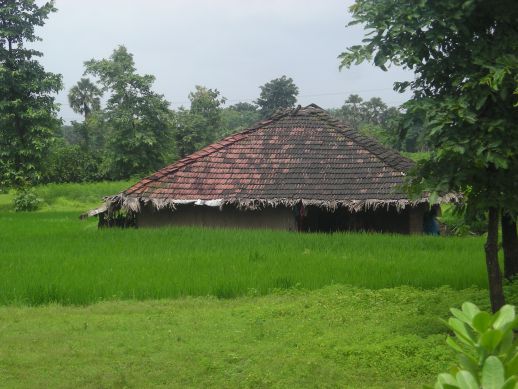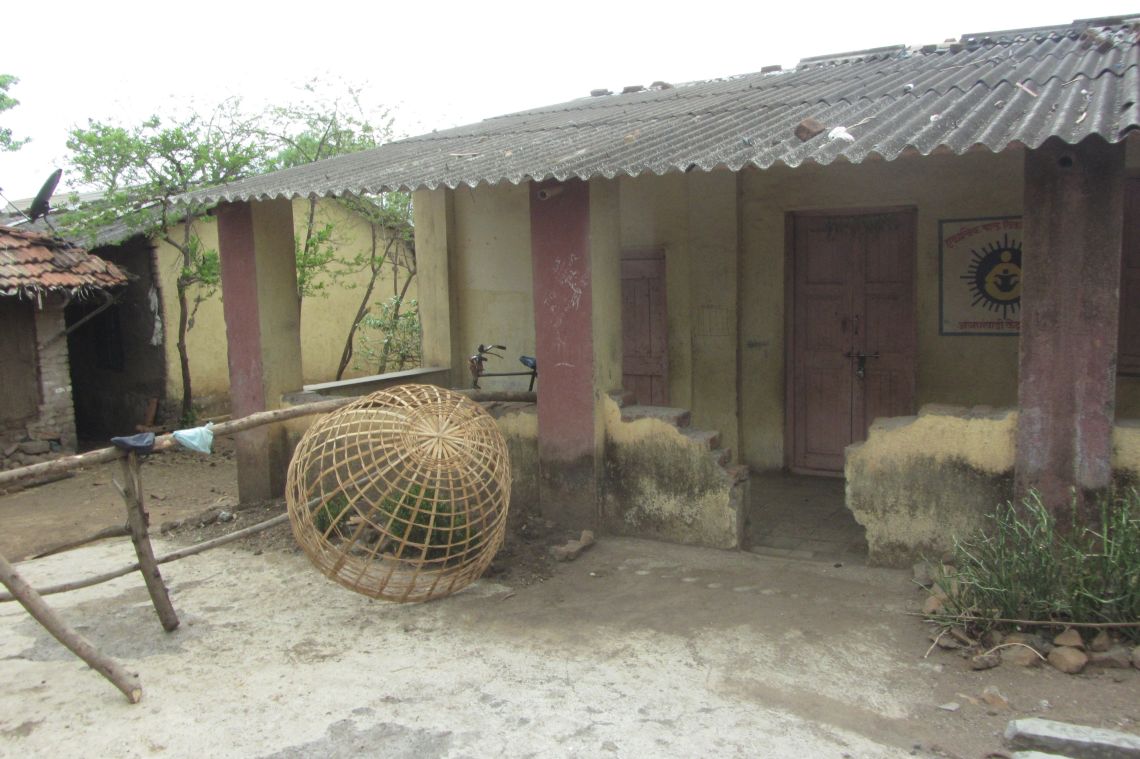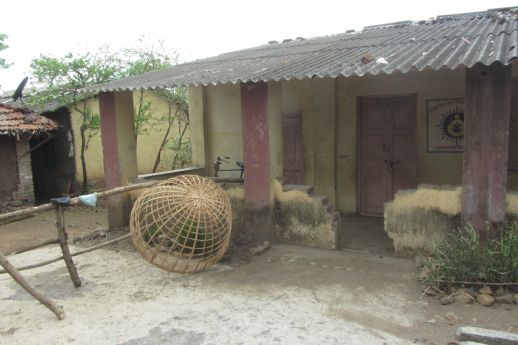India has experienced unprecedented growth in the past one or two decades. However, “New India”, liberalized, globalized and “shining”, has yet to define its model and the values it embodies. Becoming a megapower, home to some of the wealthiest individuals and companies in the world, cannot be an end in itself. If the “new” in “New India” is to mean anything then we have to make the effort to imagine what it could be. As of now the “new” seems to merely be about copying and supersizing the same old economic wisdoms that have produced unsustainable, polarized and crisis prone regimes in the West.
The age structure of India, where nearly 50% of the population is under 24 years old makes it clear that the aspirations and decisions of the youth will shape the country’s future in dramatic ways. In these times of transition when India is redefining itself, and asserting its newfound position in the world, we must look at ourselves anew, drawing as much from our roots as our collective imagination.
Youth are leaving villages and moving to the city –sometimes coming back with new means and ambitions; in the city the same youth gets absorbed as workforce in the booming private sector, where they seek to climb the economic and social ladder. Youth wants it all, here and now, fast and furious. They want what they perceive as Western standards for themselves. They are aware of their country’s problems, and either feel contempt and a need to run away. Or they want to make a change for themselves from within the system.
What they often forget in the process is the tremendous potential that lies deep in the civilization they are part of. Indigenous systems in homegrown villages and neighbourhoods for instance, which have survived multiple layers of colonization, modernization and globalization, could be a source of inspiration for new development principles altogether.
The development we are thinking of is based on small, thoughtful, sustainable solutions, rather than huge, “time changing”, “mega” stream of thinking; on individuals and communities, rather than corporations, departments and agencies. It is the kind of development that could ensure a bountiful of resources for generations to come. It is the kind of development that takes as its measure individual happiness rather than the GDP of the country.
Because we seem to have left them behind as we rushed for the gold, it has becomes necessary to expose these persistent and widespread (yet undermined and threatened) systems all over again. This is why we are committed to a long enduring search for the buried organizational structures that still follow common-sensesical economy principles, and which are connected human needs and mother earth’s means. We do this by documenting the lifestyle and architecture of existing indigenous villages. We propose to go back to the village and explore its intense and simple livelihood principles. Based on our observation, we brainstorm on the best way to take some of these principles to scale in their own small ways.
The research program called “The Umbilical Connection” is a first step in this direction. For a month we will research and document the village of Murbad near Dahanu (a few hours from Mumbai), and speculate on the future the village and on the relationship between the village and urbanization. This program is intended as a discovery more than as a teaching experience. The conductors of the workshop (Design Jatra) are themselves not equipped with full knowledge of the village’s systems. We commit ourselves to this research along with the participants and villagers. We therefore do not have a preset agenda and objective. We hope to engage with the village, and hope to become ourselves actors in its development.
The workshop starts with a detailed documentation of sustainable local practices, which enrich the life of the village. The second step is a documentation of two structures in the village, which are built according to different construction principles. The third step is to use the knowledge gathered in the first and the second steps to co-produce with the villagers a twenty-year vision for the village. The fourth and the final step is set our vision in motion. It can be anything from a landscape element, to an architectural intervention, to planting a tree, or organizing a small exhibition.
The workshop is open to anyone who wishes to commit to the journey we expect to begin. This means developing a deep relationship with the village of Murbad, and thus it will enable the participant to become a part of the village now and in the future.
The workshop is be held from 1st of May to 5th of June. It is a come in and out workshop which means that participants can join the workshop at whichever stage they want. However, we would really prefer that participants join with the journey for as long as possible and as far as possible.

